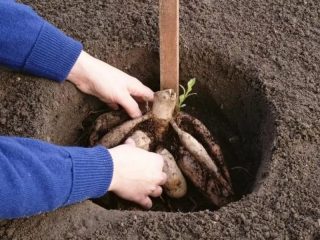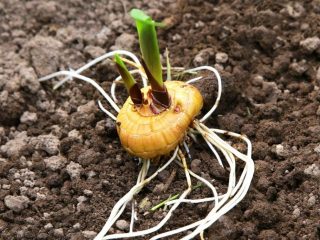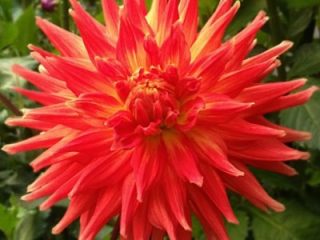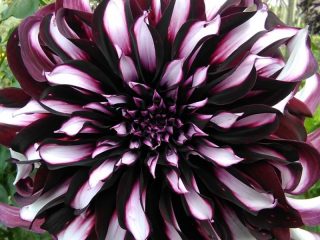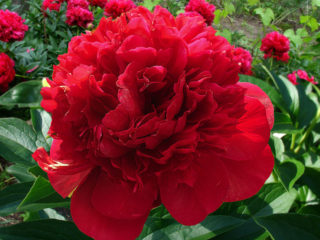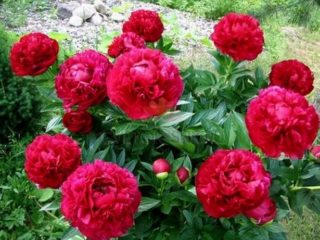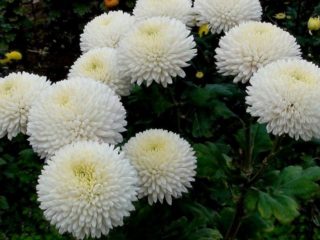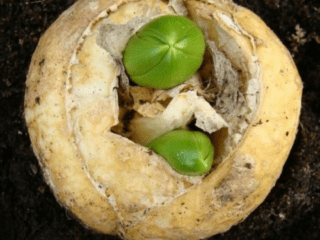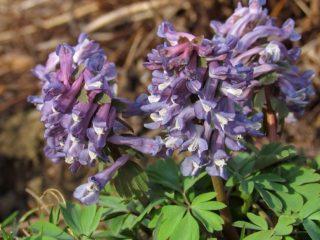Content
Rose Burgundy Ice is a variety that cannot get lost even in the most numerous collection. Its rich, unique color surprises even the most experienced gardeners. The popularity of the Burgundy Ice rose is also due to its increased resistance to negative external factors, which allows the shrub to bloom profusely and fully develop even in unfavorable seasons for the crop. In order for a perennial to maintain its high life potential, it is necessary to provide it with proper care.
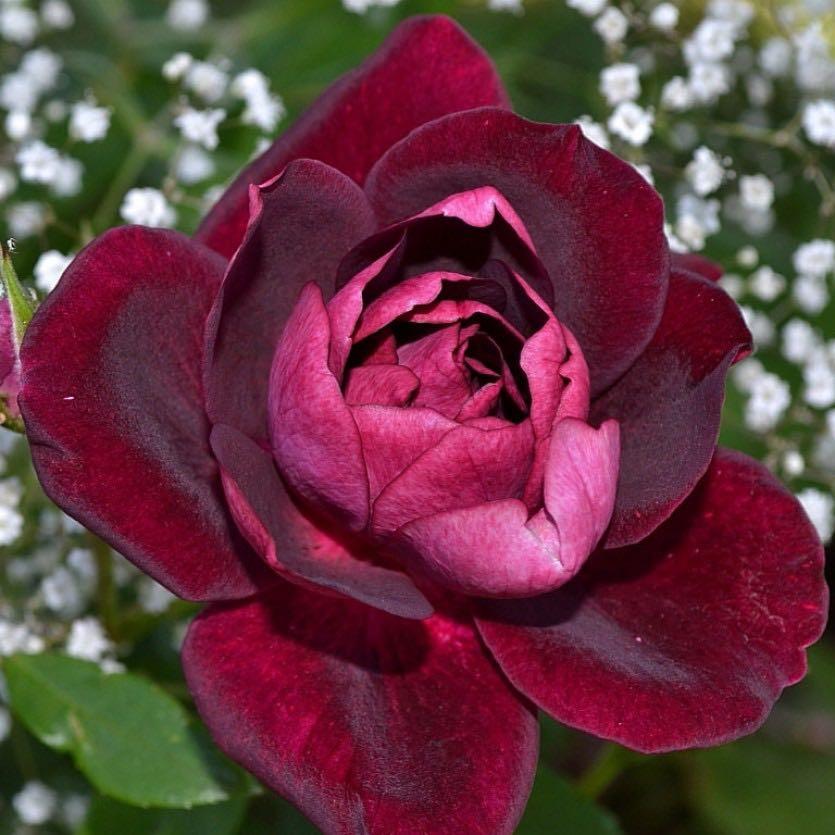
In the Burgundy Ice rose, the color of the flowers directly depends on the air temperature
History of selection
The originator of the variety in many sources is the American nursery “Weeks”. However, its author is the Australian breeder Edgar Norman Swan, who never lived in the United States. According to the current version, the originating nursery bought the rights to sell this variety in 2003, but brought it to the market only in 2007, although it was received in 1998.
The ancestors of the Burgundy Ice rose are the white variety Iceberg (Schneewithchen). The purple color of its flowers is the result of a mutation in the latter's cultivator.As a result, a seedling with fairly stable characteristics was selected, which was isolated into a variety and received the name Burgundy Iceberg, and only later it became Burgundy Ice.
Description of the rose variety Burgundy Ice
This variety belongs to the floribunda category. The height and width of its lush bushes is 100 cm. The shoots are densely leafy at the top and bare at the bottom. The stems are thin, but can withstand the load of flowers and do not need support.
The leaves are dark green in color, medium in size, semi-glossy. The thorniness of the variety is average. The spines are small and sparsely located on the stems. The growth rate of the Burgundy Ice rose is average.
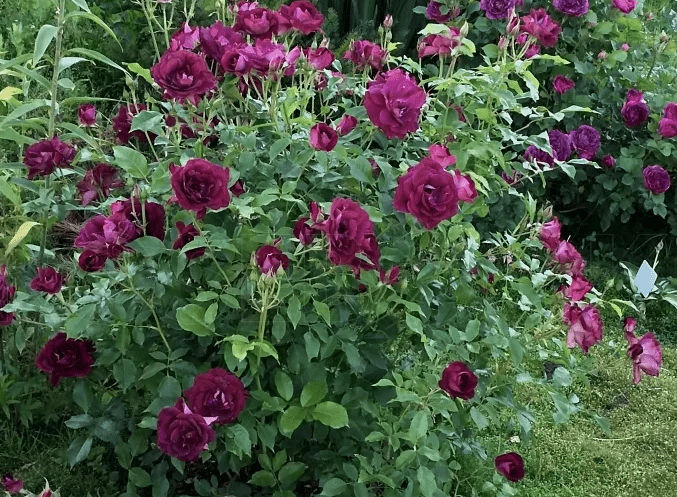
The bush reaches its maximum size at the age of three.
The flowers of the floribunda rose Burgundy Ice are cup-shaped, double, their diameter is 7-8 cm. The number of petals in each is about 40 pieces. During the flowering process, the buds fully open and the middle is exposed, but this does not reduce the decorative value of the shrub.
Velvet dense petals have a rich purple color. But the shade of the Burgundy Ice rose changes. At the stage of bud opening it is somewhat darker and closer to burgundy. Subsequently, the flower becomes light purple, and dark tones on the petals appear as strokes or stripes closer to their edges. The shade of the variety also changes depending on the air temperature. Therefore, the flowers that open in autumn are much darker, becoming dark burgundy closer to a brown shade.

Some petals have a lighter reverse side
The variety is re-flowering.His first wave begins in the first ten days of June and continues for a month and a half. Flowers are formed at the tops of shoots and collected in brushes of 3-5 pieces. Each of them stays fresh for 3-5 days. The second wave begins towards the end of summer and lasts until frost. It is as abundant as the first, but the opening flowers during this period are smaller in size.

By the end of September the bushes are noticeably thinning
The frost resistance of the variety corresponds to climate zone 5. This means that it can withstand temperatures as low as -26 °C. Therefore, when growing the species in the northern regions, shelter for the winter is necessary. And the bushes are little susceptible to spring frosts.

The rose is resistant to rain and does not fade in the sun
Advantages and disadvantages
The Burgundy Ice variety has both strengths and weaknesses. Therefore, when choosing it, you need to familiarize yourself with them so that problems do not arise later.
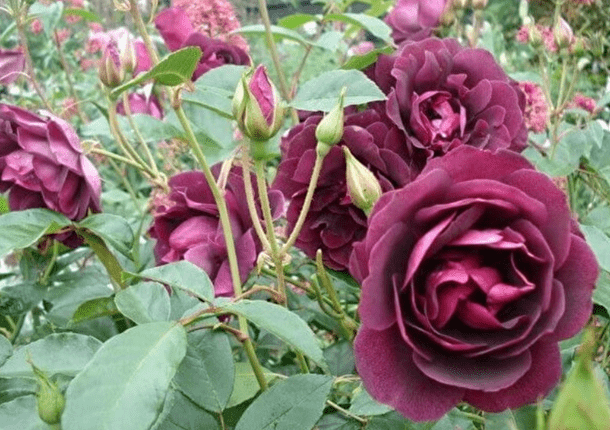
Young bushes bloom already in the year of planting
Advantages:
- abundance of flowering;
- unique lilac color;
- unpretentiousness;
- frost resistance;
- resistance to powdery mildew;
- does not fade;
- retains decorativeness after rain;
- tolerates direct sun;
- quickly adapts to a new place;
- easy to reproduce.
Flaws:
- susceptibility to black spot;
- the shoots below are bare;
- needs good nutrition;
- does not tolerate stagnation of moisture at the roots.
Recommendations for cultivation
You can plant the Burgundy Ice rose in a permanent place in the spring in mid-April or in the fall - at the end of September, but at least three weeks must remain before stable frosts. For planting, it is recommended to purchase one- or two-year-old seedlings with a well-developed root system.
The variety is suitable for both sunny open areas and slightly shaded areas at midday. At the same time, it is important that the shrub is protected from cold gusts of wind, which will ensure its full development in the summer and problem-free wintering. Rose Burgundy Ice prefers nutritious, loose soil with a low acidity level.
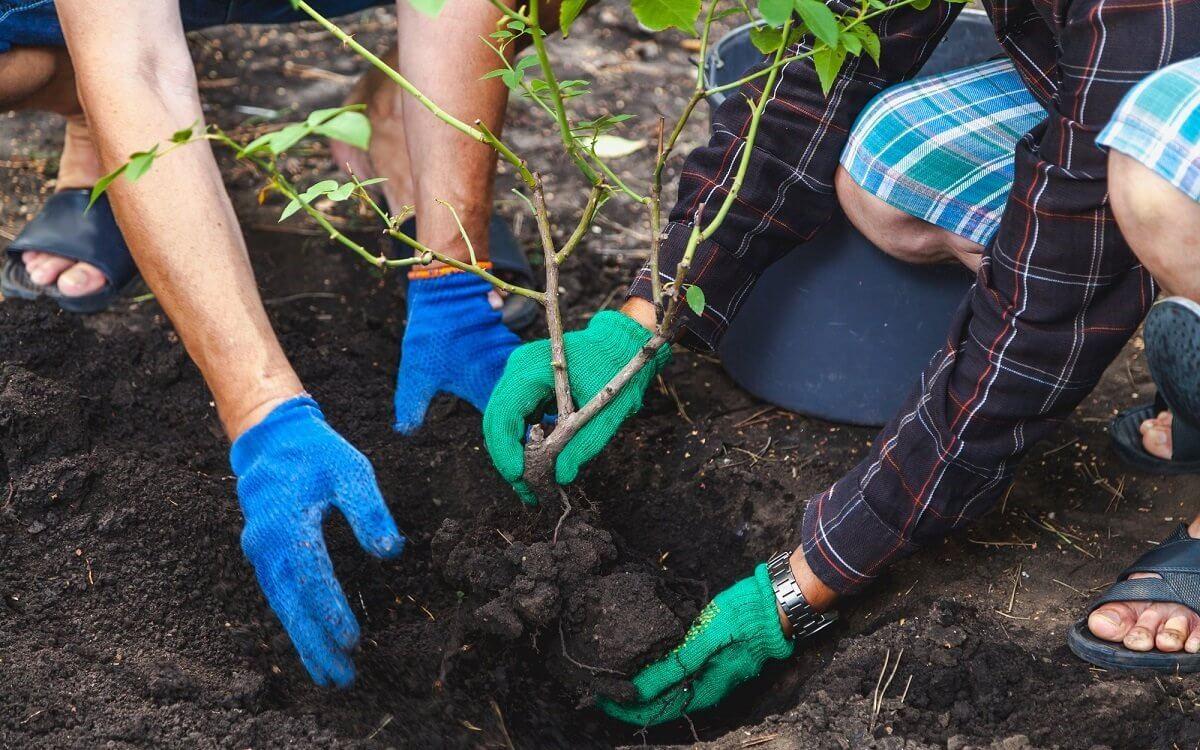
The best option for the variety is loamy soil and black soil.
You need to prepare the planting hole at least ten days in advance so that the soil has time to settle. It should be 60 cm deep and wide. A 10 cm thick layer of drainage should be poured down the hole, and the rest of the space should be filled with a nutritious soil mixture consisting of turf, sand, humus and leaf soil in a ratio of 3:1:1:1. It is also necessary to additionally add superphosphate 40 g, potassium sulphide 25 g and mix thoroughly. When planting, you need to place the seedling in the center, carefully straighten the roots and sprinkle them, and also fill all the voids. At the end of the process, the root collar of the Burgundy Ice rose should be at soil level.
Growing this variety of decorative perennial requires compliance with certain care rules so that it can delight you with abundant flowering throughout the season.
After planting a young seedling, it should be watered frequently and abundantly, but at the same time avoid overwatering. Once the Burgundy Ice rose has taken root, which usually occurs after 3-4 weeks, reduce irrigation. In the future, it is recommended to water it regularly 1-2 times a week during prolonged drought. Lack of moisture in the soil leads to smaller flowers. For irrigation, you need to use settled water at a temperature of +20 °C.
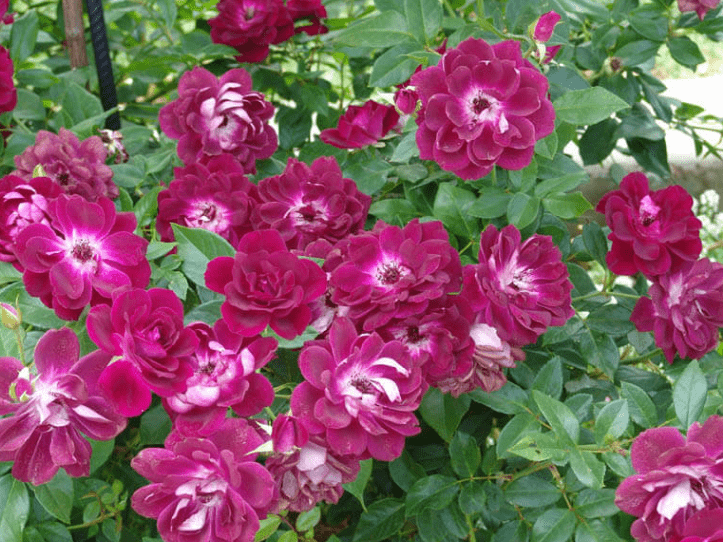
Recommended dosage – 10 liters of water per adult bush
Rose Burgundy Ice needs regular feeding, which will ensure its abundant flowering throughout the season. You need to start fertilizing it from the second year. This should be done for the first time in the spring at the beginning of the growing season. At this time, it is important to use urea at the rate of 30-50 g per bush.
The second feeding for the Burgundy Ice variety is recommended at the stage of bud formation in early June. At this time, you need to use organic matter: chicken manure 1:15 or mullein 1:10. In the future, it is necessary to fertilize the Burgundy Ice rose in the interval between the first and second waves of flowering. At this time, you can use superphosphate 40-60 g and potassium sulfide 25-40 g. And it is recommended to feed the shrub for the last time during the season in early September, which will restore its strength. To do this, you can use wood ash at the rate of 100 g per plant, scattering it at its base and then embedding it in the top layer of soil.
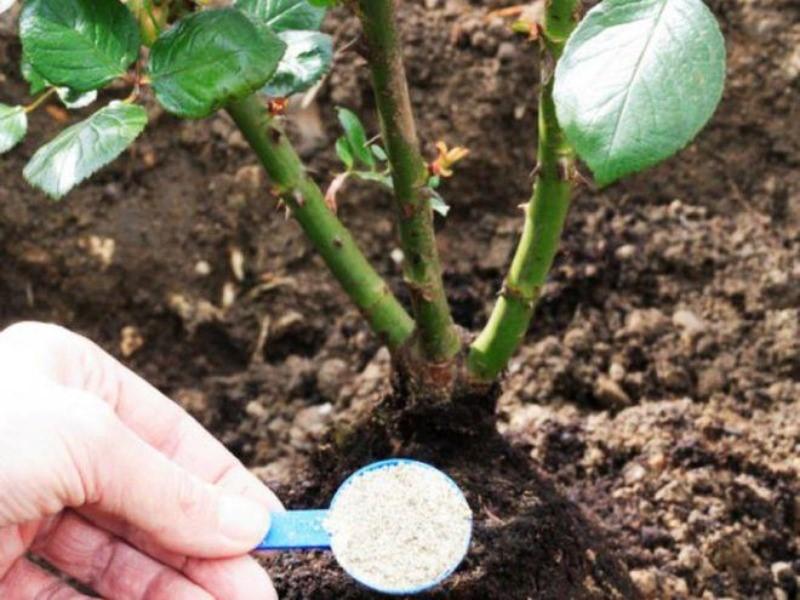
As the shrub matures, it is necessary to gradually adjust the dosage of fertilizers
Annual sanitary pruning is recommended for the Burgundy Ice rose. It should be carried out in the spring after the bush awakens. It is also recommended throughout the growing season to periodically clear the bushes of wilted flowers and prune the shoots to form the correct crown.
After each watering or rain, it is necessary to loosen the soil in the root circle of the bush. This procedure is necessary to maintain air access to the roots. It is also recommended to weed out weeds as they grow.
Rose Burgundy Ice needs shelter for the winter when grown in the central and northern regions. To do this, in late autumn it is necessary to lay humus around the bush in a layer of up to 10 cm and compact it. Young seedlings also need crown insulation. To do this, you need to install a wooden frame around it and wrap it with several layers of spunbond.
Reproduction methods
To obtain new seedlings of the Burgundy Ice rose, it is necessary to use cuttings. Therefore, in June, before flowering begins, one-year shoots need to be cut and divided into parts 15-20 cm long. The lower cut of the cuttings must be made oblique to increase the rooting area, and the upper cut must be straight.
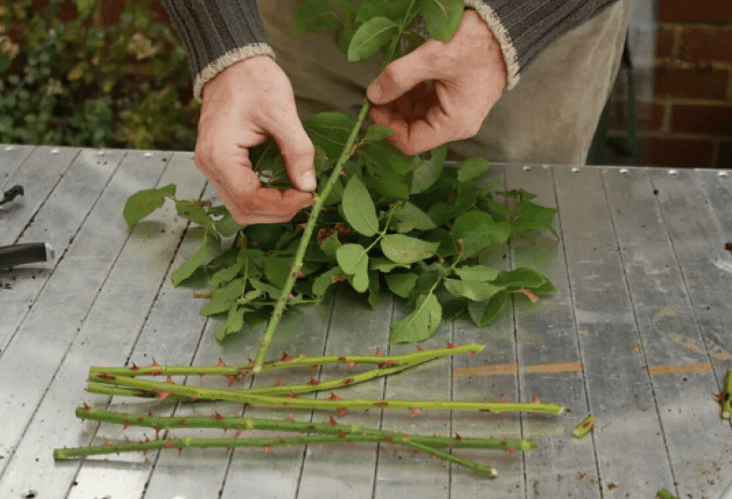
Each cutting must have two internodes
Before planting, it is recommended to cut off the lower pair of leaves and shorten the upper plates by half, which will ensure sap flow in the tissues. After this, the cuttings must be kept for a day in a Heteroauxin solution, and then planted in a moist soil mixture consisting of equal parts of peat and sand, buried down to the first pair of leaves. After this, the soil needs to be compacted around the seedlings. For better rooting of cuttings, they need to be covered with transparent caps. It is recommended to ventilate them daily and water them as the top layer of soil dries.
Cuttings of the Burgundy Ice rose take root after 40-60 days. They can only be replanted next year, when they are strong enough.
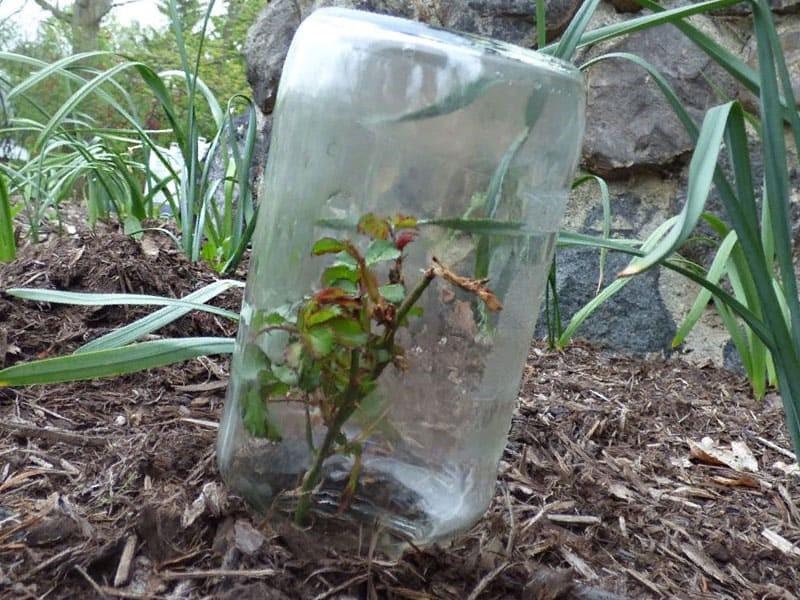
The survival rate of cuttings in the Burgundy Ice variety is more than 70%
Diseases and pests
This floribunda rose has moderate disease resistance. In unfavorable years, it suffers from powdery mildew and black spot, but is not affected by rust. If a white coating or black spots appear on the leaves, it is necessary to spray the bush with Skor.Subsequently, treat every ten days if necessary. It is also recommended as a preventative measure to spray the Burgundy Ice rose with a 3% solution of Bordeaux mixture in spring and autumn.
The variety can attack spider mites and aphids. Therefore, when signs of damage appear, it is necessary to spray the bush with Fufanon, Actellik or Fitoverm.
Application in landscape design
This rose looks great in group plantings with pink and lilac types of shrubs. It also gets along well with other garden crops. It can be combined with delphiniums, geraniums, phlox, lavender, clematis, and catnip.

It is recommended to plant the variety in the background to hide its bare shoots below; the shrub is not recommended to be used as a tapeworm
Conclusion
Rose Burgundy Ice strikes at first sight with its lilac color, and for its sake many gardeners are ready to put up with the bare middle of the flowers, which appears when they are fully opened. Therefore, the variety is in demand. In addition, it winters well even in regions with difficult climatic conditions and does not require complex care. To ensure that it remains decorative until the end of the season, preventive treatment with fungicides should not be ignored.
Reviews of rose Burgundy Ice
